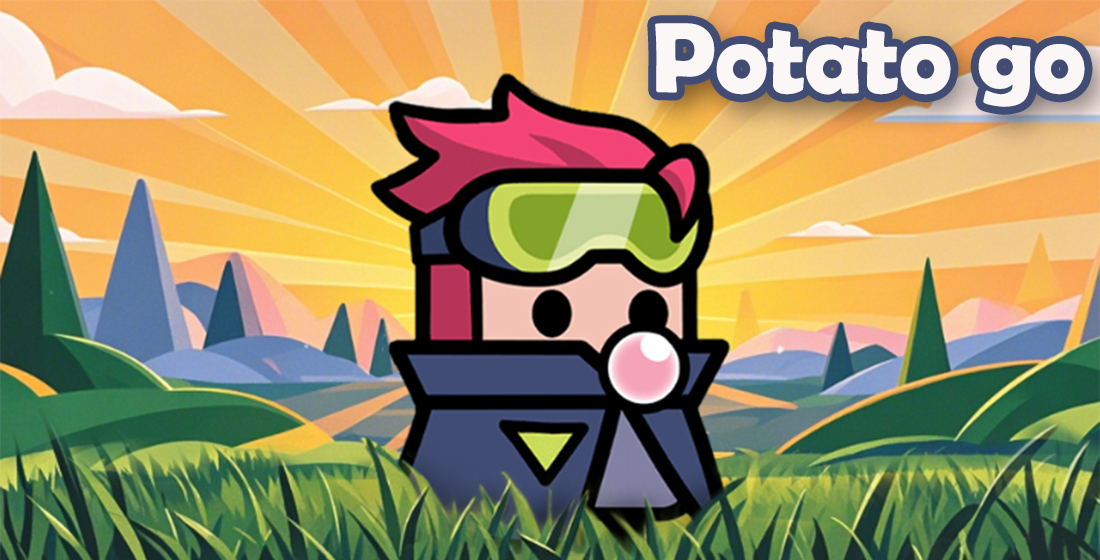The Fascinating World of Idle Games for Real-Time Strategy Beginners
**Habit stacking.** That’s essentially the core philosophy behind idle games – a genre that has seen an unexpected, yet astronomical surge over the last decade. You may wonder, what is it exactly that keeps players coming back long after they've clicked that proverbial cow? This comprehensive guide explores not only why idle titles resonate but also how these often simplistic experiences subtly teach real-time strategy skills without demanding your constant attention—making them a fantastic intro to genres like RPG and even more intense gameplay structures. So let's dig deep into what idle means beyond mindless repetition.
Digital Petting Zoos & The Slow Grind: An Evolutionary Trend
Around **2015**, casual games such as Clicker Heroes or AdVenture Capitalist gained serious ground. At their essence? They offer incremental gains with minuscule player intervention, often rewarding users even *after* sessions end. Some might dismiss this as passive gaming, but in reality, these so-called time-killer apps serve as ideal introductions to concepts critical in many real-world simulations, management sim titles, and of course, modern rpg video game design. Whether you know it or not, every 5% upgrade in production mirrors the strategic layer found across countless tactical titles.
Picking the Best Entry Game Without Drowning In Choices
- Tapping mechanics? Look for “progress persistence".
- Micromanagement fatigue? Auto-play settings help
- Want complexity without overwhelm? Opt for skill-based upgrades.
| Game Title | Genre Type | Main Appeal Factor(s) |
|---|---|---|
| AnIdleSpace | Civilization Building + Economy | Stellar expansions unlocked via tapping! |
| Fish Empire TD Lite | IDLE Defense | Simplified towers auto-battle while off-screen! |
| Goblin Gold Rush Deluxe | RPG+Clicking | Epic gear farming without combat timing demands? |
Cognitive Skills You're Picking Up (Without Trying!)
Here's the sneaky truth—your brain adapts faster than expected in idle environments. Ever wondered why you feel a little bit cleverer when selecting new investments at 6:43am after waking up with 17M coins earned during offline periods? It’s simple: economic prioritization principles. Think ROI in reverse psychology packaging. And hey—even if HUMS_150A1 Video Game Sights Sounds and Stories class never assigned one of those quirky titles... maybe it missed out on how powerful audio reinforcement really becomes within an unassuming play loop.
Visual Breakdown: How Rewards Trigger Motivation Loops
Beyond Just Waiting: Real-Time Elements Sneak In
You might assume that because you left a tab open overnight that nothing required action on part. Surprise—it isn’t always true. Take for example titles with random encounters or fluctuating market rates. Suddenly decisions become meaningful once you're aware variables exist outside static timers pushing idle into the realm of soft RTG (real-time games).
- Market fluctuations = Decision windows
- "Boss fights" timed perfectly
- Seasonal event drops boost retention
Hums 150 A1 Students May Benefit from Non-Demanding Mechanics
- Understanding game theory applied via low-stakes systems
- Learning sound cues importance through idle notification chimes
- Detecting narrative subtlety embedded inside UI updates
- Analyzing reward pacing in non-traditional story structures
In classrooms focused heavily on storytelling dynamics like in the UofA humnities track (code hums 150a1), idle titles prove that visual feedback matters almost as much as cutscene delivery when crafting immersive digital narratives. No matter where you’re located—including Costa Rica—the accessibility remains universal due language-neutral mechanics baked directly into interface layouts.
Rising Beyond Boredom Thresholds - Engaging New Gen Players




